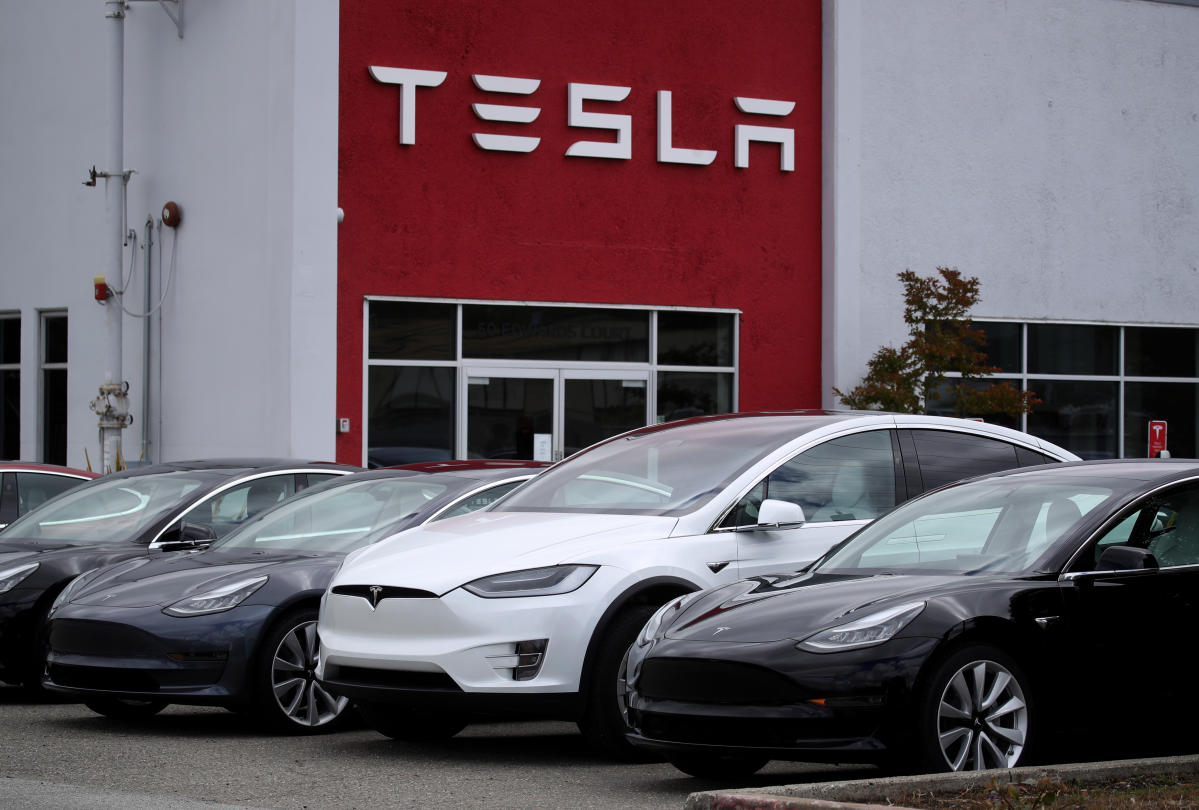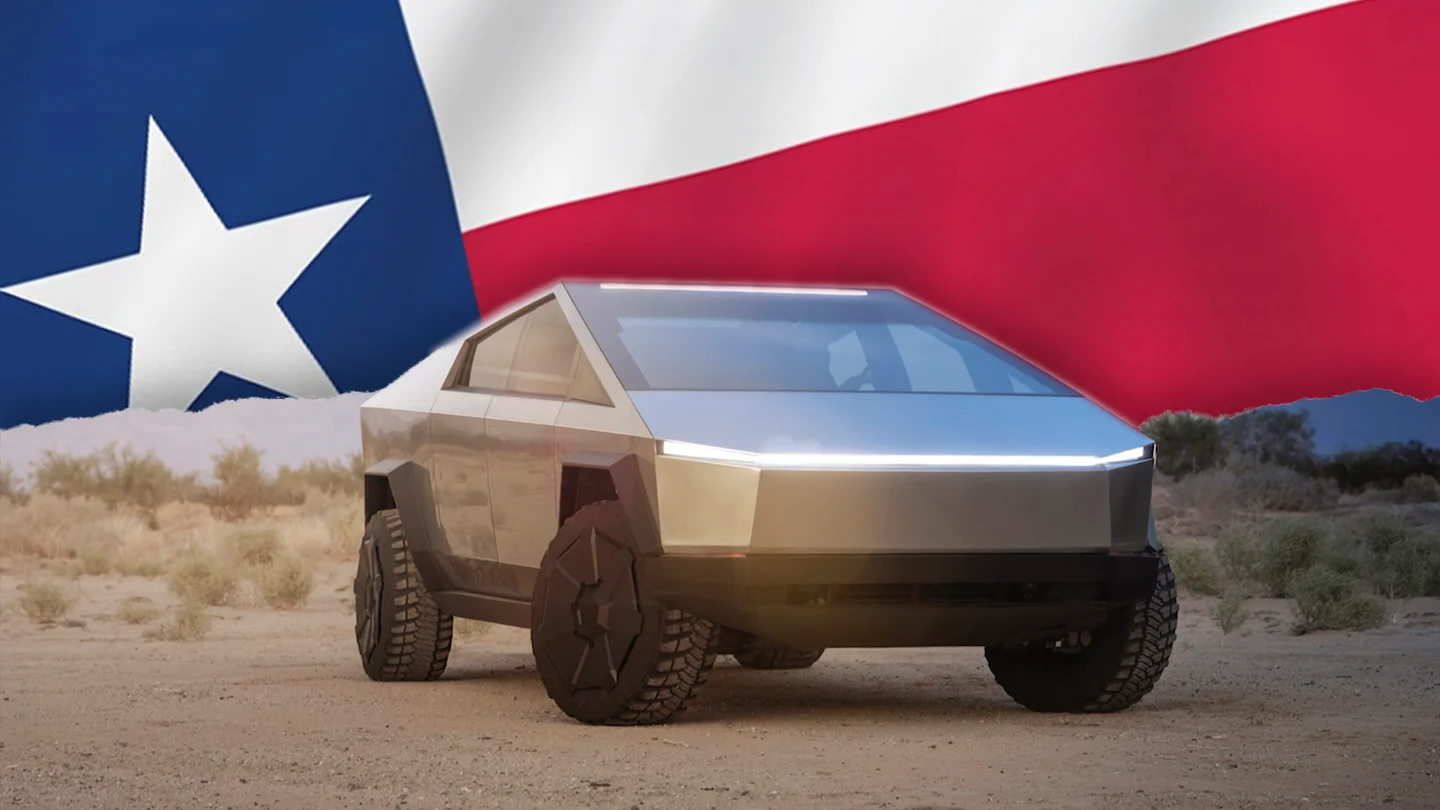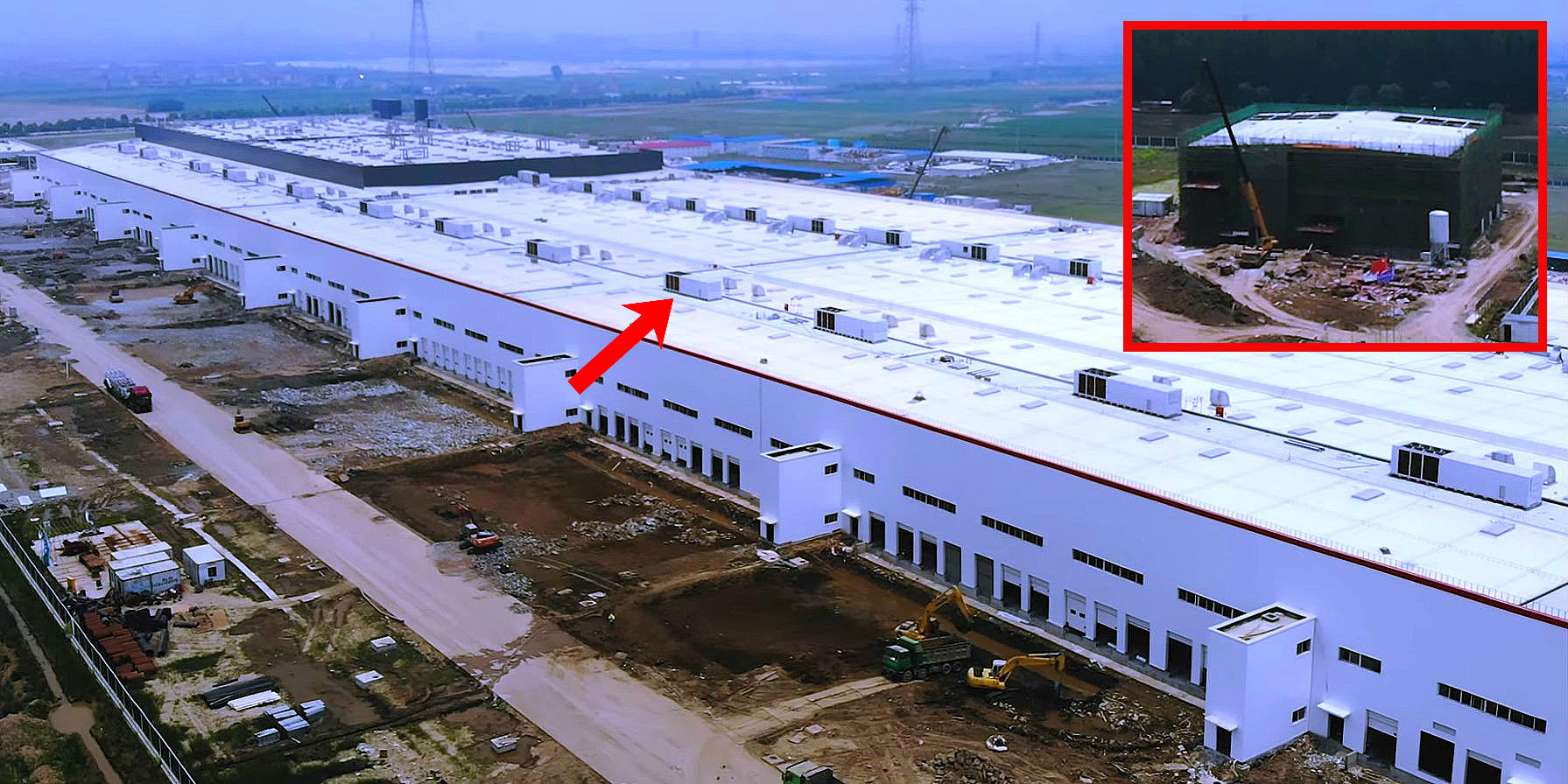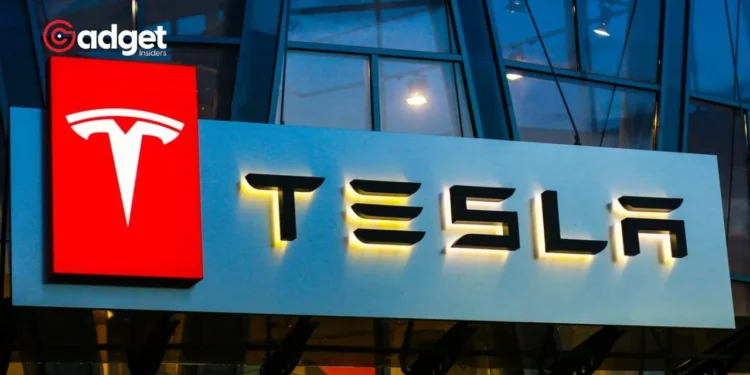In a pivotal move that redefines the regulatory landscape for large industrial projects, Tesla’s sprawling gigafactory on the outskirts of Austin, Texas, has been granted an exemption from local environmental regulations. This development has sparked a blend of optimism and concern among various stakeholders.
Here’s a closer look at the implications of Tesla’s regulatory sidestep and what it means for Austin’s environmental oversight.

Tesla’s Strategic Exemption Under New State Law
Tesla, the electric vehicle behemoth known for its ambitious industrial expansions, has successfully secured an exemption for its 10-million-square-foot gigafactory situated on a 2,500-acre property.
Although located outside Austin’s city limits, this area was previously under the city’s “extraterritorial jurisdiction” (ETJ), which allowed Austin to extend certain regulatory influences over developmental projects beyond its immediate borders.
The exemption, which was approved in March following an application by Tesla in February, was made possible by a state law enacted in September. This law fundamentally alters how landowners can engage with municipal jurisdictions, offering a pathway to opt out of local regulations in favor of less restrictive state-level guidelines.
Tesla found a way to get out of environmental regulations at its Texas gigafactory https://t.co/E0bcj4BWCl
— Business Insider (@BusinessInsider) April 24, 2024
Local Impact and Legal Controversies
The shift in regulatory oversight has not been without controversy. Several Texas cities, including Grand Prairie, have legally challenged the new state law, arguing that it undermines local governance and the ability to safeguard public health and environmental quality within and around their borders.
Austin city officials, too, have voiced concerns about the potential negative impacts on local communities, especially regarding water quality and flood management.

Shelley Parks, a spokesperson for the City of Austin, emphasized the broader implications of such regulatory exemptions.
“Releasing properties from the ETJ impacts the City because development in the ETJ is subject to limited subdivision regulation as well as regulation of water quality and flooding issues,” Parks stated. These concerns are pivotal, given the expansive nature of Tesla’s development and its possible environmental footprint.
Elon Musk’s Vision vs. Environmental Record
Tesla’s CEO, Elon Musk, has championed the gigafactory as an “ecological paradise,” promising public walking trails along the nearby Colorado River and a harmonious blend of industrial activity with natural preservation.
However, Tesla’s environmental track record has been marred by previous violations, including a recent settlement over the mishandling of hazardous waste in California.
Moreover, allegations against Musk’s Boring Company for its environmental practices along the Colorado River raise questions about the practical realization of these ecological promises.

Looking Ahead
As Tesla moves forward with its development free from Austin’s environmental checks, the scenario sets a precedent for similar conflicts between local jurisdictions and large-scale industrial enterprises across the nation.
While the economic gains from such developments are undeniable, the long-term environmental costs remain a pressing concern for the affected communities. This balance between development and environmental stewardship continues to challenge policymakers, businesses, and residents as they navigate the complexities of modern industrial expansion.
Tesla’s exemption marks a significant moment in the ongoing debate over environmental regulation and corporate responsibility. How this will impact the ecological landscape of Austin’s outskirts and beyond is a narrative still unfolding, with wide-ranging implications for all stakeholders involved.










